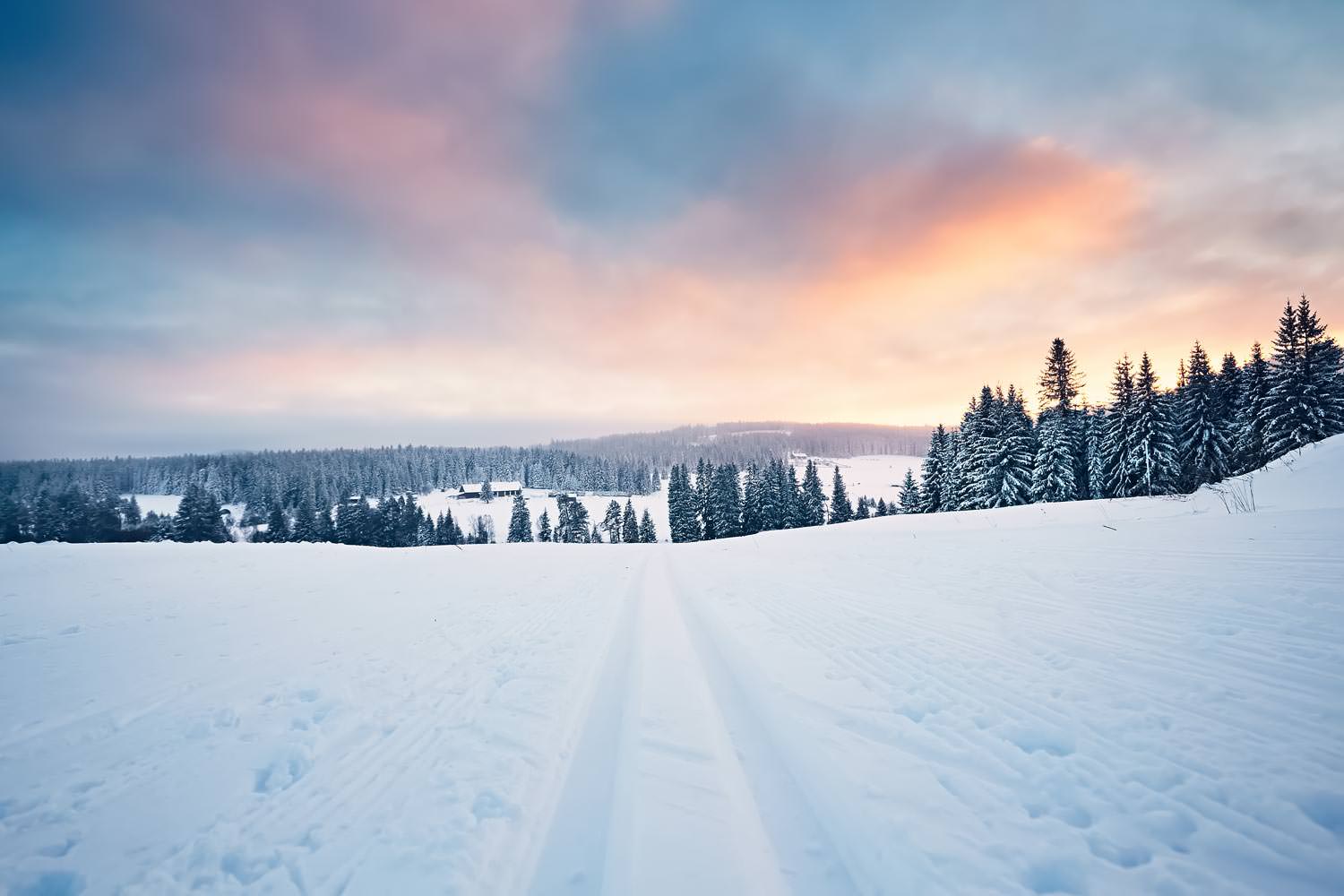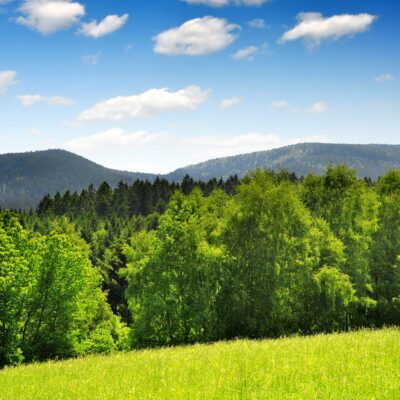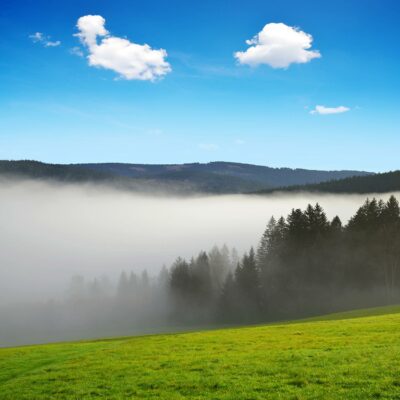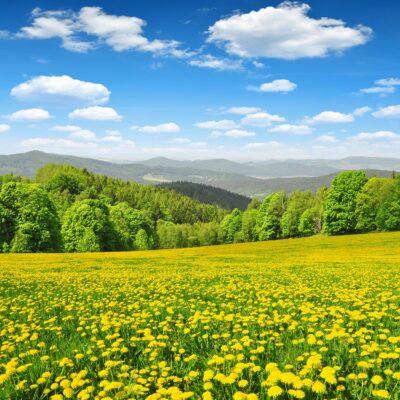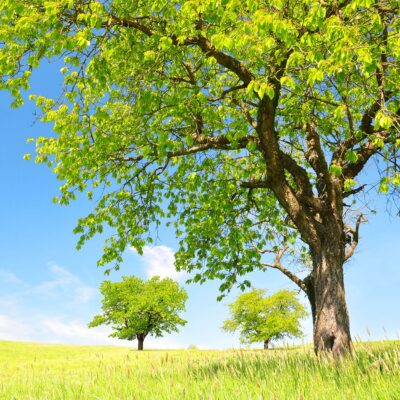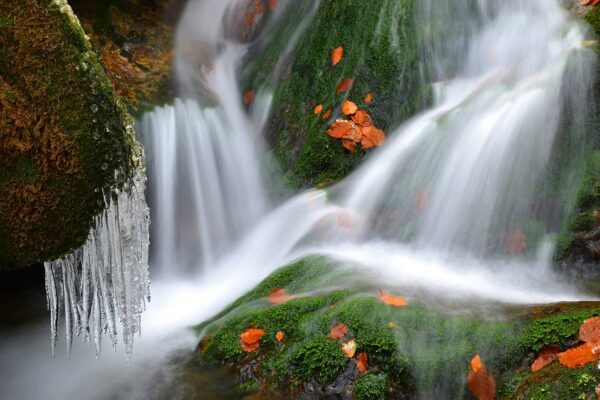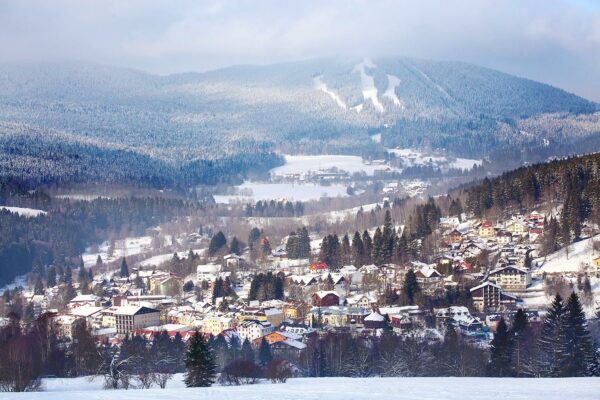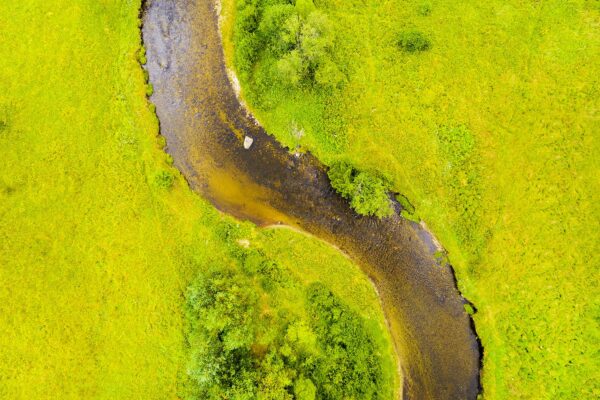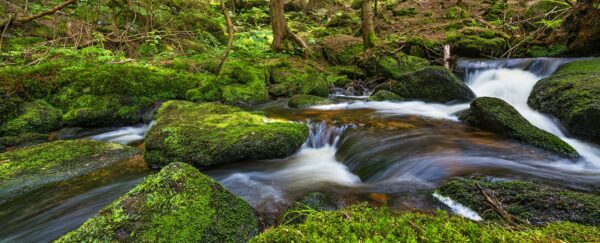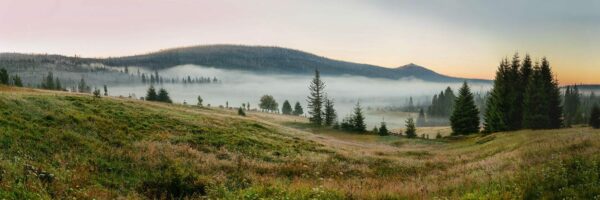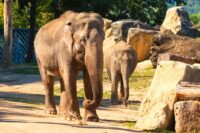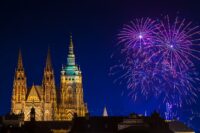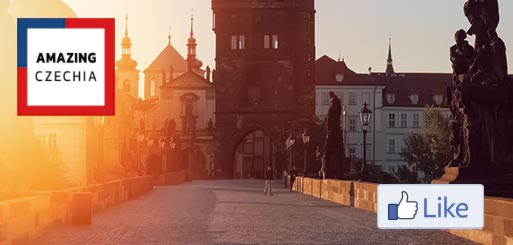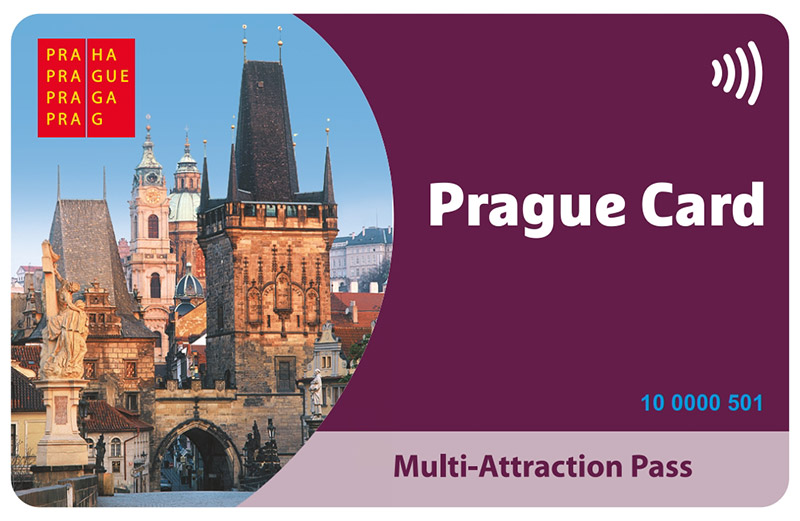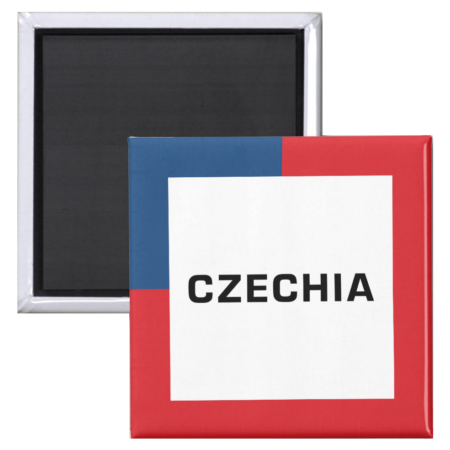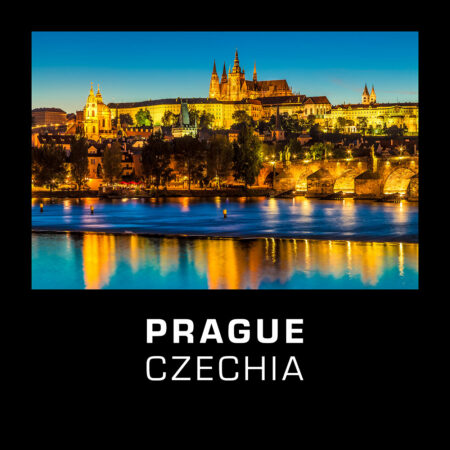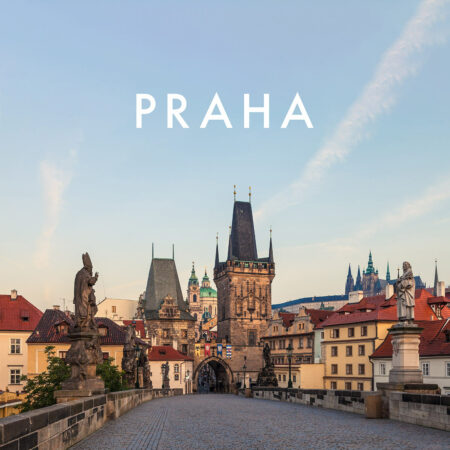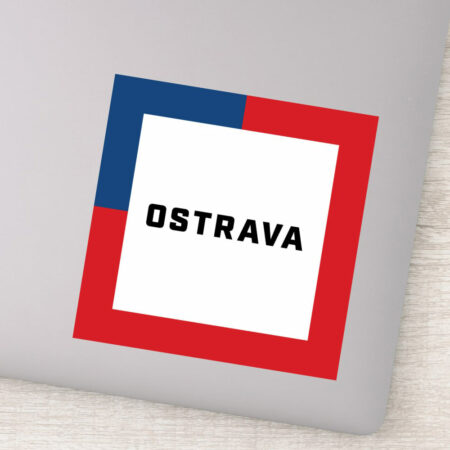Šumava National Park, called in Czech Národní park Šumava, is one of four national parks in Czechia. It is located in two southern regions bordering Germany and Austria: the Plzeň Region and the South Bohemian Region. On the German side of the border, there is also a national park, namely the Bavarian Forest National Park.
The national park owes its name to the Bohemian Forest, which is a low mountain range and its Czech name is Šumava. Many people think that this name is derived from the Czech word šum (noun) or šumět (verb), which denote the kind of hissing sound which trees can make when the wind is blowing. However, according to linguists, a more likely etymology is the reconstructed Proto-Slavic word šuma, meaning "dense forest".
The national park takes up a significant part of the Šumava mountain range. Šumava is sometimes called "the green roof of Europe".
History and Area
In 1963, the Czechoslovak government established Šumava Protected Landscape Area (Chráněná krajinná oblast Šumava). Its area was 1,686.54 km² (651.176 sq mi). In 1991, the authorities created a new national park within the borders of the protected landscape area. Šumava National Park is still part of Šumava Protected Landscape Area.
The part of the protected landscape area which does not belong to the national park has an area of 996.24 km² (384.65 sq mi) and it surrounds the national park from all sides, except the borders with Germany and Austria. It serves as a buffer zone around the national park. With an area of 680.64 km2 (263 sq mi), Šumava National Park is the largest of the four national parks in Czechia.
About
The Šumava mountain range (Bohemian Forest) together with the adjacent Bavarian Forest is the largest forested area in Central Europe. It is often called "the green roof of Europe" and it is also famous for crystal-clear glacial lakes and peat bogs.
Before 1989, access to Šumava for regular people was very limited. It was the border of Czechoslovakia with West-Germany, and as such it was part of the famous Iron Curtain.
Nowadays, everybody is allowed to visit this beautiful region. Šumava National Park is a great place for hiking, cycling, cross-country skiing and generally spending time in beautiful, unspoiled nature. Nevertheless, it must be remembered that the primary purpose of a national park is protecting nature and preserving it for future generations, and not the enjoyment of tourists coming there. Therefore, you won't find too many tourist facilities there.
Where to Stay
The nearby town of Železná Ruda borders Šumava National Park. Since the town is outside of the national park, and only in its buffer zone, the environmental laws are less strict. Železná Ruda is a perfect base for exploring the whole of Šumava, and not only the national park. There is a good choice of accomodation. There is are several train stations in the town. Železná Ruda centrum, as you might expect, is in the center of the town. There are direct train connections with Pilsen (Plzeň hl. n.). From there you can reach other places in the Czech Republic.
Rejštejn is also situated at the border of the national park. With a population of about 250, it is one of the smallest towns in the Czech Republic. It may resemble a village, but it is a town nevertheless. There is decent infrastructure with several guesthouses in Rejštejn and it is a good base for exploring Šumava National Park.
Kvilda is another good option. This small village is located in the center of the national park. Kvilda boasts several Czech records. It is the coldest place in Czechia and the highest settlement in the country (1065 m above sea level). In the summer months, Kvilda can be reached from Pilsen, Železná Ruda and several other places by ecological buses operated by ČSAD autobusy Plzeň a.s. There are several guesthouses in Kvilda.
Srní is a beautiful village also located within the borders of the national park. There is a medium-size hotel and a number of guesthouses in Srní.
Modrava is another good option. This village is also located within the borders of the national park. There are several hotels and guesthouses.
Selected Places of Interest
The Poledník Observation Tower (Vyhlídková věž Poledník) was originally a secret military installation. It is situated on top of Mt. Poledník (the name literally means "meridian"), very close to the border with Germany. The tower served as a signals intelligence station during the Cold War. Since 1998 tourists have been able to visit the tower. It offers a great view of central Šumava and Bavarian Forest. The easiest way to get there is the red trail from Prášily (see the map above).
The Three Lake Moor (Tříjezerní slať) is a small bog situated about 3 km north-west of the village Modrava, near the south-eastern slope of Mt. Oblík (1,224 m / 4015.7 ft above sea level). It contains a great diversity of flora and fauna.
Povydří is a beautiful nature trail connecting the settlement of Antýgl with the small hydroelectric power plant in Čeňkova Pila. The name of the trail is derived from the name of the Vydra river. The word vydra means otter in Czech and there are indeed otters in the river. The trail goes along the canyon of the Vydra river with lots of boulders and small waterfalls.
Nearby Sights (Outside of the National Park)
Kašperk Castle is located near the town of Kašperské Hory, at an elevation of 886 m (2,907 ft) above sea level.
Černé jezero (Black Lake) is situated a few kilometers northwest of Železná Ruda. It is the largest and deepest natural lake in the whole of Czechia. There are larger lakes in the country, but they are man-made.
Boubín is the fifth highest peak in the Czech part of Šumava (1362 m / 5354 ft). It is situated 3.5 km (2.17 mi) east of the village of Kubova Huť. There is a wooden lookout tower on the top, offering nice panoramic views of the region.


